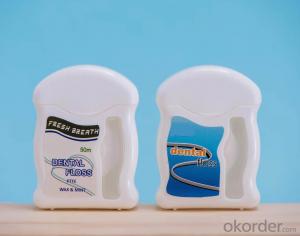Plastic pipes have revolutionized the world of plumbing and construction. They are lightweight, durable, and versatile, making them a favorite choice for many professionals and DIY enthusiasts. But what truly makes these pipes stand out is their fittings. Fittings are the unsung heroes that connect the dots, ensuring a seamless and efficient flow of water or other fluids through the system. In this article, we will explore the world of plastic pipe fittings, their types, and their importance in various applications.
The Unsung Heroes: An Introduction to Plastic Pipe Fittings
Plastic pipe fittings are designed to connect, extend, or change the direction of plastic pipes. They come in various shapes and sizes, each serving a specific purpose. From simple elbows and tees to more complex reducers and adapters, these fittings are essential for creating a functional and efficient plumbing system.
The Variety of Plastic Pipe Fittings
1. Elbows and Tees: These are the most common types of fittings used in plumbing. Elbows are used to make a 90-degree turn in the pipe, while tees are used to create a branch in the pipe, allowing water to flow in two different directions.
2. Couplings and Unions: Couplings are used to connect two pipes end-to-end, while unions allow for easy disconnection and reconnection of pipes without the need for cutting or gluing.
3. Reducers and Bushings: These fittings are used to reduce the size of a pipe or to adapt a pipe with a larger diameter to one with a smaller diameter.
4. End Caps and Plugs: End caps are used to seal the end of a pipe, while plugs are used to temporarily or permanently block a pipe opening.
5. Flanges and Adapters: Flanges are used to connect pipes to other equipment, such as pumps or valves, while adapters are used to connect pipes of different materials or thread types.
Materials and Manufacturing
Plastic pipe fittings are made from a variety of materials, including polyvinyl chloride (PVC), polyethylene (PE), and polypropylene (PP). The choice of material depends on the application and the required properties, such as strength, flexibility, and resistance to chemicals. The manufacturing process involves molding or extruding the material into the desired shape and size.
Installation and Maintenance
Proper installation of plastic pipe fittings is crucial for ensuring a leak-free and long-lasting plumbing system. This involves selecting the right type of fitting for the application, using appropriate tools and techniques, and following the manufacturer’s guidelines. Regular maintenance, such as inspecting for leaks and cleaning, is also essential to prolong the life of the fittings.
Applications in Various Industries
Plastic pipe fittings find applications in a wide range of industries, including residential and commercial plumbing, agriculture, and industrial processes. They are used for water supply, drainage, irrigation, and even in the transport of chemicals and gases. The versatility of these fittings makes them suitable for various environments and conditions.
The Future of Plastic Pipe Fittings
As technology advances, so do the materials and designs of plastic pipe fittings. Innovations in manufacturing techniques, such as 3D printing, are opening up new possibilities for the customization and optimization of fittings. Additionally, the push for sustainability and eco-friendliness is driving the development of biodegradable and recyclable materials for fittings.
In Conclusion
Plastic pipe fittings are more than just connectors; they are the backbone of modern plumbing and construction projects. Their versatility, ease of installation, and durability make them an ideal choice for a wide range of applications. As we continue to innovate and improve upon these fittings, their role in connecting the dots of our infrastructure will only grow in importance. So, the next time you turn on the faucet or water your garden, remember the unsung heroes working behind the scenes – the plastic pipe fittings.

